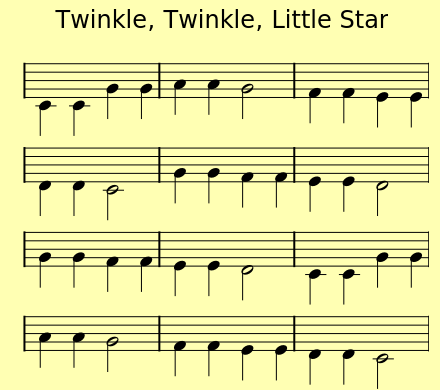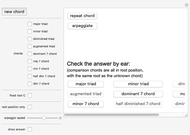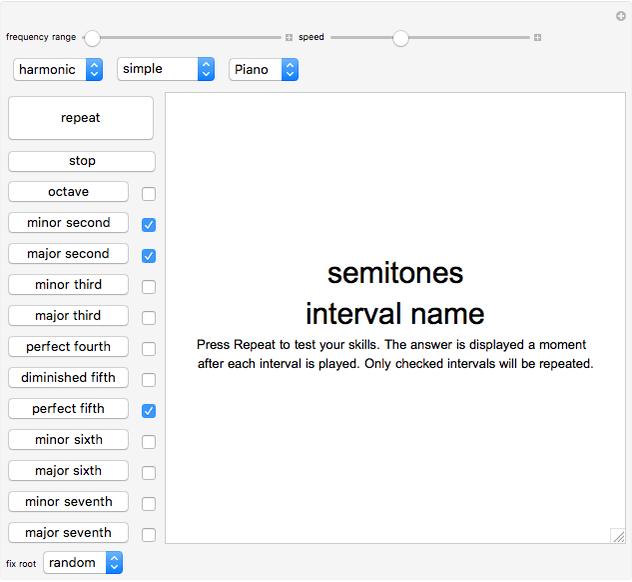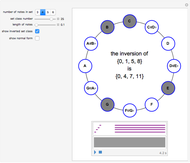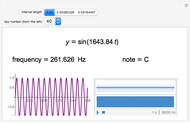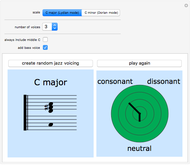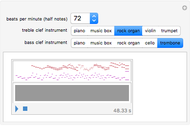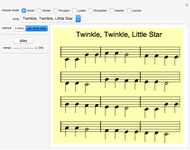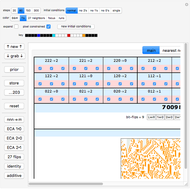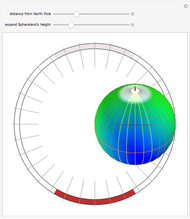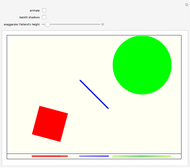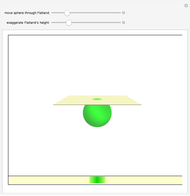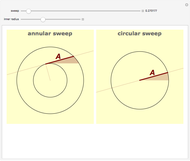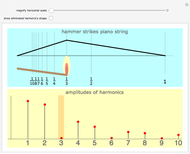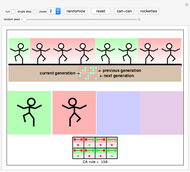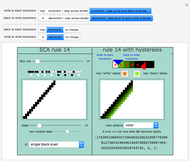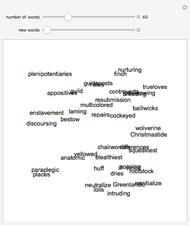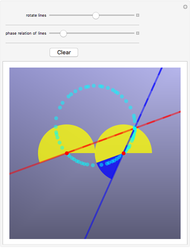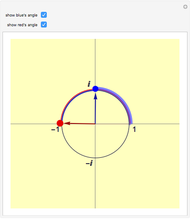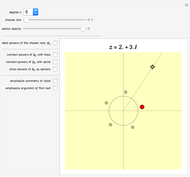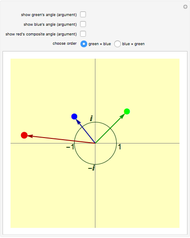Accidentals, on Purpose

Requires a Wolfram Notebook System
Interact on desktop, mobile and cloud with the free Wolfram Player or other Wolfram Language products.
The modern conception of harmony was developed in the  century. Prior to that time, Western music consisted simply of single note melodies created from scales known as the church modes. These modes had Greek names, but had only a loose connection to the Greek modes of antiquity. Each mode had a distinctive sound and conveyed a distinctive mood by its chromatic alterations to the major scale. Listen to the new sound of these well-known melodies when transformed into the other modes.
century. Prior to that time, Western music consisted simply of single note melodies created from scales known as the church modes. These modes had Greek names, but had only a loose connection to the Greek modes of antiquity. Each mode had a distinctive sound and conveyed a distinctive mood by its chromatic alterations to the major scale. Listen to the new sound of these well-known melodies when transformed into the other modes.
Contributed by: John Kiehl (March 2011)
Open content licensed under CC BY-NC-SA
Snapshots
Details
Snapshot 1: The Ionian mode is the same as the modern major scale.
Snapshot 2: In the Phrygian mode, keeping the tonic pitch C adds three flats.
Snapshot 3: If you move the tonic pitch to E, the Phrygian mode uses the same pitches as the C major scale.
Snapshot 4: The three minor modes can be arranged in increasing order of chromaticism. Dorian adds one flat.
Shapshot 5: Aeolian adds 2 flats.
Snapshot 6: Phrygian adds 3 flats.
Snapshot 7: Among the three tunes, only Yankee Doodle's melody has a leading tone that can demonstrate the Mixolydian mode's flatted seventh scale degree (Bb in this example).
Snapshot 8: George Russell was instrumental in introducing modal thinking to jazz musicians with The Lydian Chromatic Concept of Tonal Organization, New York, Russ-Hix Music, 1953. He suggests that the Lydian mode, with its raised fourth scale degree that emphasizes the fifth scale degree in conjunction with the tonic, is the primary scale of Western music. Visit http://www.lydianchromaticconcept.com for more information.
Snapshot 9: The Locrian mode with its tri-tone interval between the tonic and fifth scale degree is used very rarely.
You can view and listen to each mode with one of two methods. Either stay in the key of C—so each melody starts and ends on C—and see the accidentals added to the melody's transcription (Snapshot 2), or move the melody to start on a different note from the C major scale. Each note from the C major scale is the tonic of one of the modes (Snapshot 3).
Composing in a mode is more than just using the correct pitches from the mode's scale. Typically modal writing must emphasize the notes that characterize the mode, especially at cadence points. The characteristic notes are specifically the notes that are chromatic adjustments to the major scale. So, for example, in the C Lydian mode a composer will emphasize the F#. A cadential chord progression in C Lydian could be D7 to C, rather than G7 to C, because the F# is part of D7, whereas the G7 contains an F natural.
Permanent Citation
